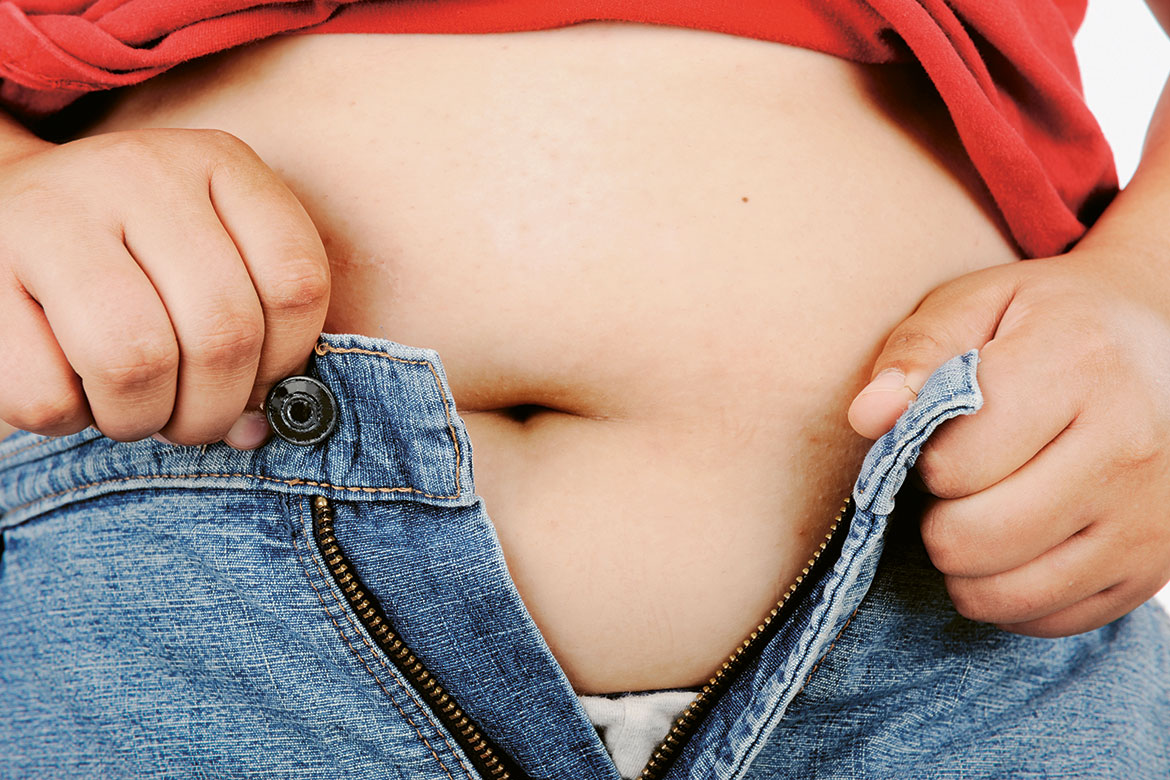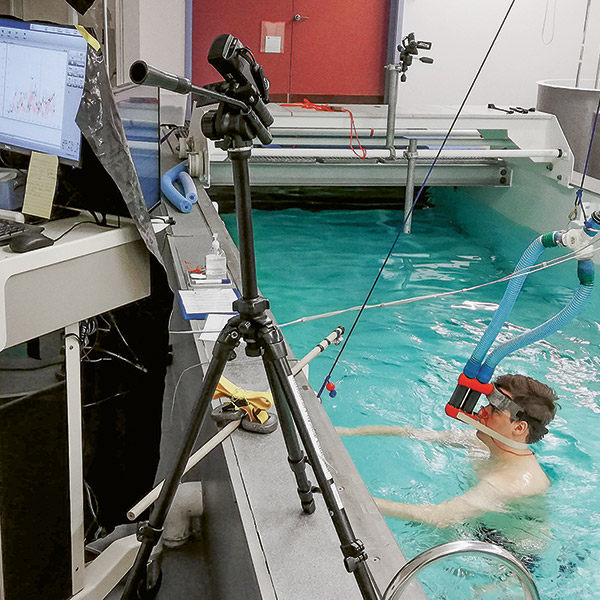Your paunch begins in childhood
In kids of normal weight, a high BMI is a sign of more muscle

A fat tummy hinders children’s movement and their popularity. | Image: ESB Professional/Shutterstock
The body-mass-index (BMI) is a simple way to check whether you’re overweight. But it’s not always a reliable indicator of your fitness, as a survey of almost 500 Swiss pre-school kids has shown. On the contrary – the higher their BMI, the better both girls and boys were able to carry out tasks involving gross motor skills, such as running. In three-to-five-year-olds of roughly normal weight, the BMI instead tends to signify their muscle mass.
The girth and the thickness of skin folds, on the other hand, offer a direct way of measuring body fat. Children with more fat had worse motor skills. “Other studies have shown that these young children notice such limitations – they are chosen less often to be in groups and take less pleasure in moving”, explains the study leader Jardena Puder from the Lausanne University Hospital (CHUV). As other studies have also confirmed, less movement leads to more fat at a later date.
This data has been acquired from 84 day-care centres in the cantons of Aargau, Bern, Fribourg, Vaud and Zurich. The effects of age, gender, the socio-economic status of the parents, the linguistic region and even movement measured during everyday activities were discounted. For example, the children in French-speaking Switzerland move 10 percent less each day than children in the German-speaking regions.
This investigation is part of a national study called SPLASHY, in which psychologists, human movement scientists and paediatricians from the universities of Fribourg, Lausanne and Zurich are examining the influence of stress and movement on children’s health and development. This makes sense, says Puder: “The pre-school age is an important time when we can still intervene and prevent the establishment of a vicious circle”.




